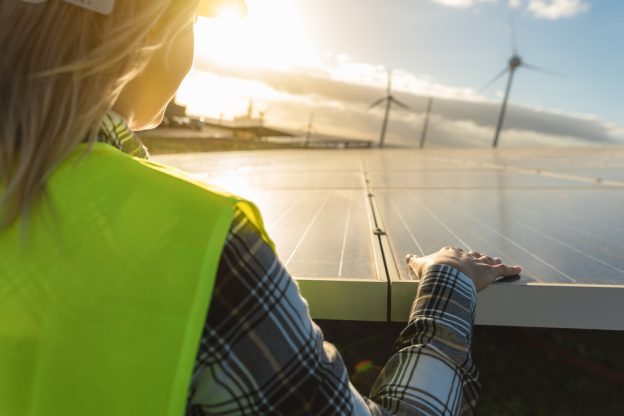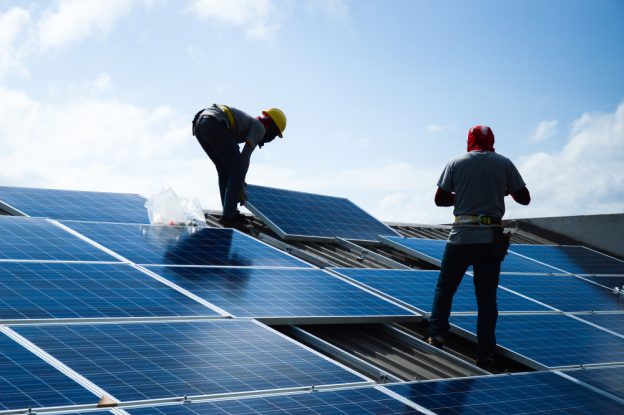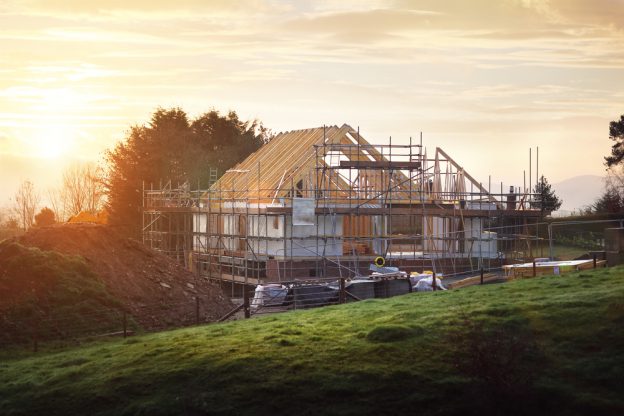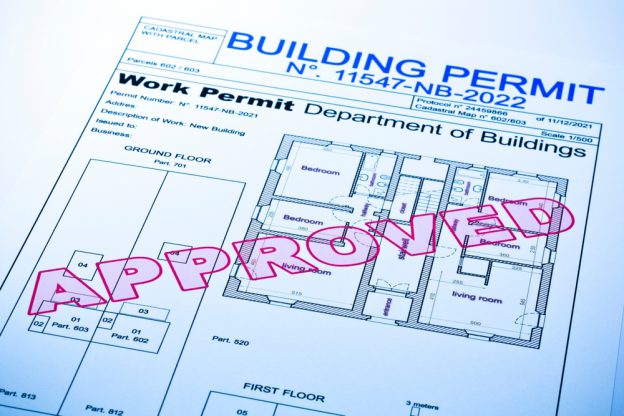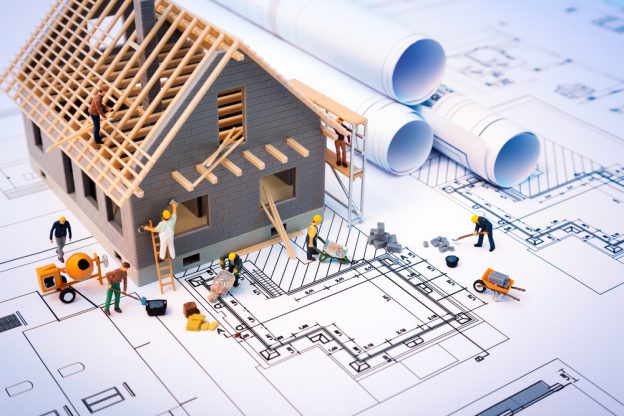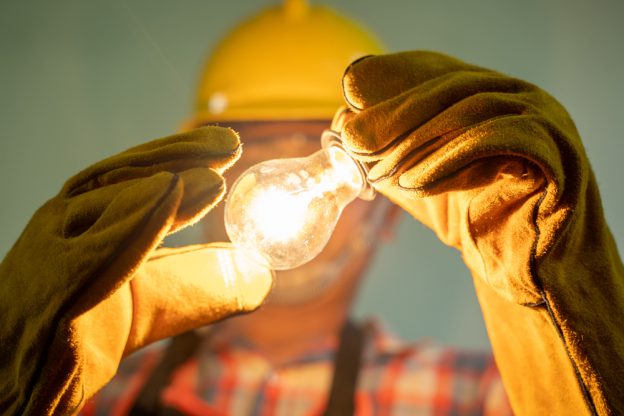In recent years, the demand for eco-friendly homes and buildings has skyrocketed, as more and more clients recognize the importance of reducing their environmental impact. As a contractor, embracing green building and sustainable practices is no longer just a nice-to-have – it’s a necessity for staying competitive in an increasingly environmentally-conscious market.
But what exactly does it mean to “build green”? And how can contractors navigate the ever-evolving landscape of sustainable materials, energy-efficient technologies, and green certifications? In this article, we’ll explore the key concepts and strategies behind green building, and provide practical tips for contractors looking to make sustainability a core part of their business.
What is a Green Building?
At its core, green building is about creating structures that are environmentally responsible and resource-efficient throughout their life cycle – from siting and design to construction, operation, maintenance, and even demolition. The goal is to minimize the building’s negative impact on the environment while maximizing the health and comfort of its occupants.
Some key principles of green building include:
- Energy efficiency: Designing buildings to minimize energy consumption through proper insulation, efficient HVAC systems, and the use of renewable energy sources like solar and geothermal.
- Water conservation: Implementing strategies to reduce water waste, such as low-flow plumbing fixtures, rainwater harvesting, and native landscaping.
- Sustainable materials: Using building materials that are renewable, recycled, or locally sourced to reduce the carbon footprint of construction.
- Indoor environmental quality: Ensuring that buildings have proper ventilation, natural lighting, and non-toxic materials to promote the health and well-being of occupants.
- Site selection and development: Choosing building sites that minimize environmental disruption and promote walkability, access to public transportation, and green space.
The Benefits of Building Green
Adopting sustainable building practices isn’t just good for the planet – it’s also good for business. Here are just a few of the benefits that contractors and their clients can realize by going green:
- Lower operating costs: Energy-efficient buildings can significantly reduce utility bills for owners and tenants, making them more attractive to potential buyers or renters.
- Increased property value: Green buildings often command higher prices and rental rates due to their desirability and lower operating costs.
- Improved occupant health and productivity: Buildings with good indoor environmental quality have been shown to improve the health, comfort, and productivity of their occupants.
- Tax incentives and rebates: Many local and state governments offer financial incentives for green building projects, such as tax credits, grants, and expedited permitting.
- Competitive advantage: As more clients prioritize sustainability, contractors who specialize in green building will be better positioned to win bids and secure projects.
Getting Started with Green Building
So, how can contractors begin incorporating sustainable practices into their work? Here are a few key steps:
- Educate yourself: Attend workshops, conferences, and training sessions on green building techniques and technologies. Look for resources from organizations like the U.S. Green
- Building Council (USGBC) and the National Association of Home Builders (NAHB).
- Establish relationships with green suppliers: Seek out suppliers and manufacturers who specialize in eco-friendly materials, such as low-VOC paints, recycled insulation, and FSC-certified lumber.
- Pursue green certifications: Consider becoming certified in green building programs like LEED (Leadership in Energy and Environmental Design) or NAHB Green. These certifications can help differentiate your business and demonstrate your expertise to potential clients.
- Collaborate with other green professionals: Partner with architects, engineers, and other contractors who share your commitment to sustainability. Working together can help you deliver more comprehensive and effective green building solutions.
- Communicate the benefits to clients: Educate your clients on the long-term financial and environmental benefits of green building. Help them understand how sustainable practices can improve the comfort, health, and value of their homes or buildings.
The Future of Green Building
As concerns about climate change and resource depletion continue to grow, the demand for sustainable building practices will only increase. Contractors who embrace green building now will be well-positioned to thrive in the years to come.
But green building is about more than just staying competitive – it’s about doing what’s right for the planet and for future generations. By making sustainability a core part of their business, contractors can play a vital role in creating a more resilient, healthy, and prosperous world.
So, whether you’re a seasoned pro or just starting out, there’s never been a better time to go green. With the right knowledge, tools, and mindset, you can build a thriving business while making a positive impact on the environment and the communities you serve.
The future is green – and it starts with you.
